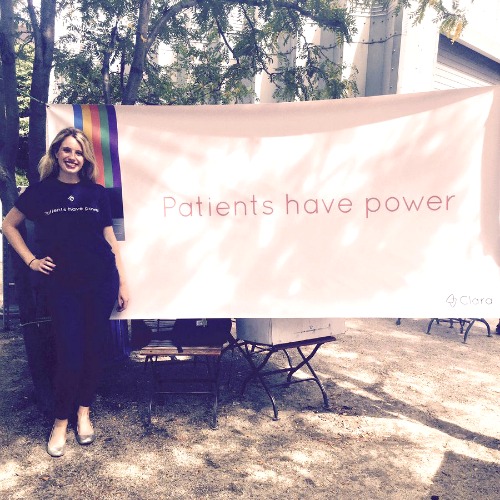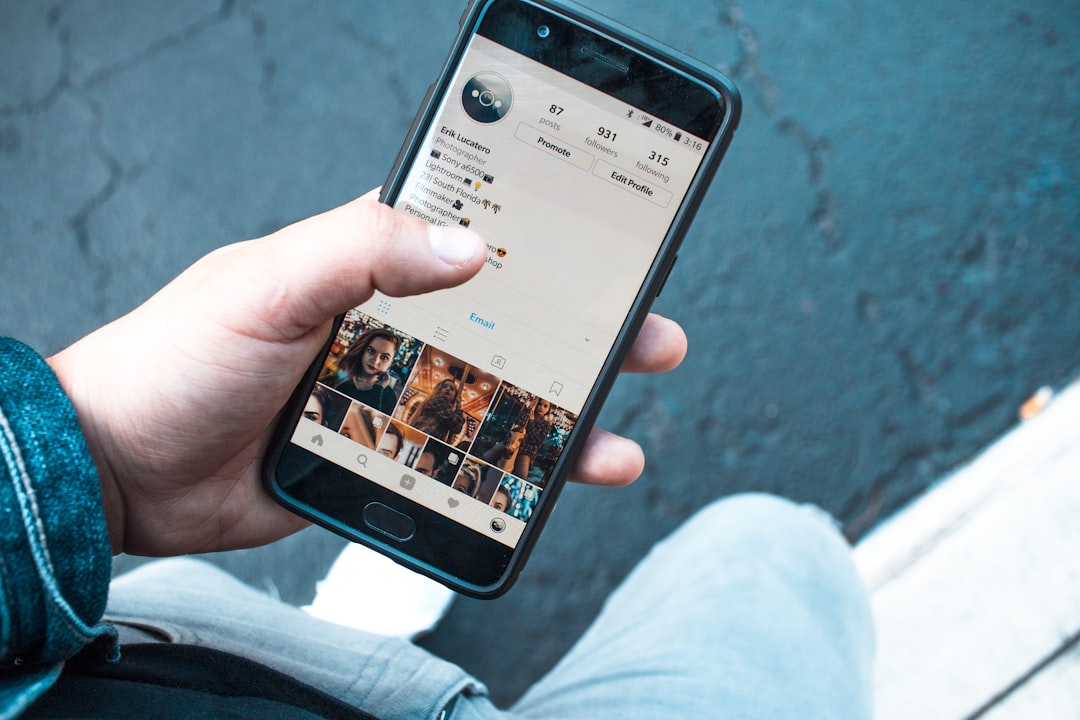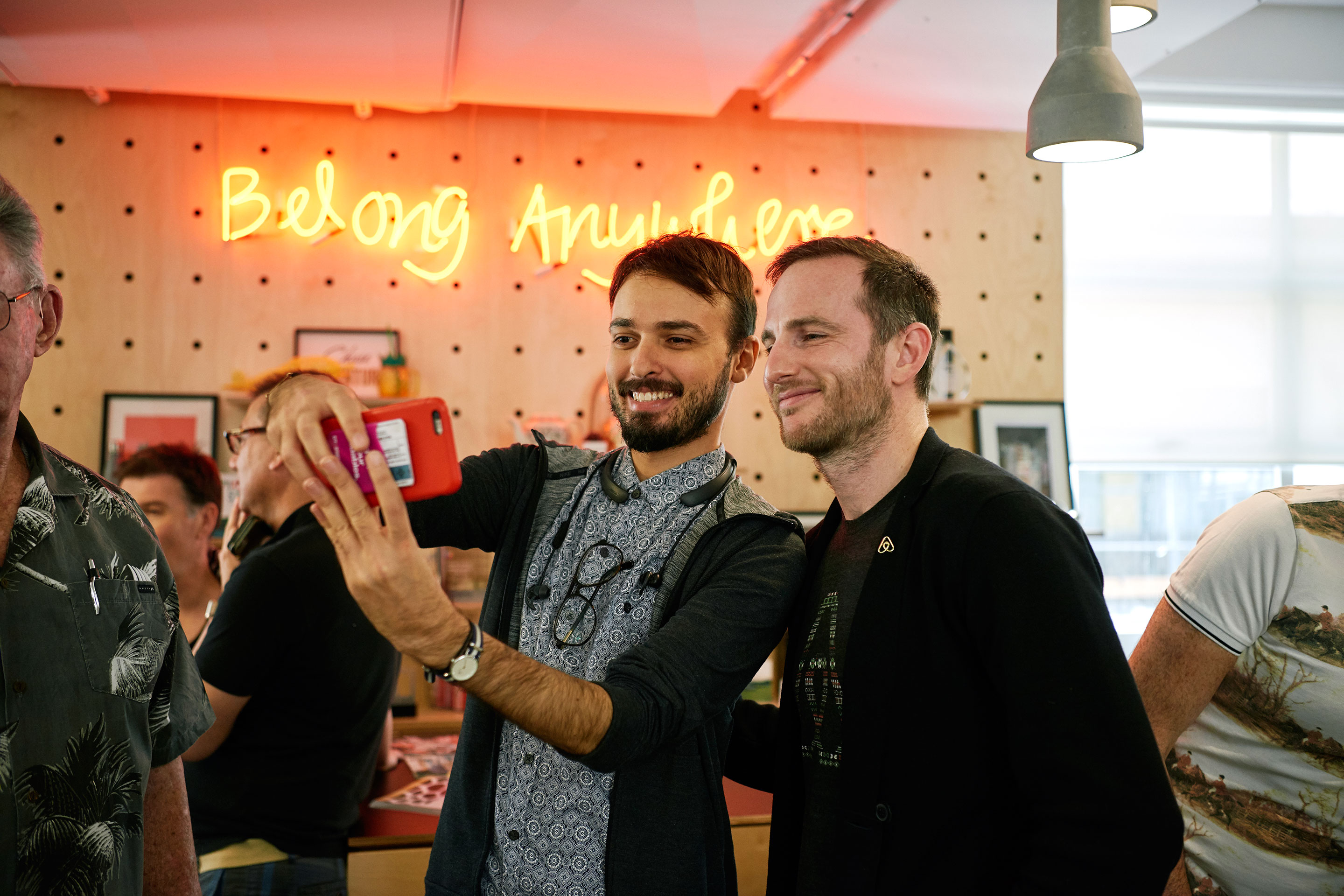Top 3 reasons to work with patient influencers throughout clinical trials
Patient-centric. It’s every company’s favorite word. But are you actually integrating genuinely patient-centric tactics into your clinical trials? If you aren’t working with patient advocates and influencers, then the answer is no.
In this article, we’ll present a deep dive on the value of collaborating with patient influencers throughout the clinical trial design and recruitment process with a focus on the following top three reasons:
- Receive game changing feedback from your end-user
- Garner a deep understanding of the patient community you work with and reach highly targeted audiences to expedite recruitment timelines
- Build trust and brand awareness
Who Am I?

First and foremost, I am a patient living with multiple autoimmune diseases. While I might not be a doctor, I’ve spent the past six years of my life getting my own type of PhD… what I like to call a “Patient Hero Degree”.
What does this mean? It means every fiber of my being has lived my diseases. I’ve lived the agonizing pain, the 5 AM hospital rounds, the infusions, the medical bills, the late-night googling of new symptoms, and so on.
In tandem will my “PhD”, I’m trained in public advocacy and communication. I’ve combined this eclectic background of mine to dedicate my life to patients. I now serve as the Head of Patient Advocacy at Clara Health, where we are working to transform the clinical trials experience for patients. I also regularly consult with pharma and healthcare companies to provide my unique insight on everything from drug delivery mechanisms to marketing awareness campaigns.
And guess what? I’m not a unicorn. There are more than thousands of patient advocates just like me. Advocates with their own kind of PhD, perhaps mixed in with a nursing degree, or 20 years on Wall Street, or product design, or journalism. Patients are people. People with a diverse array of skill sets. When these skill sets are matched with their “PhD”, there’s no stopping the potential value add they can provide healthcare companies.
While I believe patient advocates should be consulted across all healthcare companies, I want to zero in on the potential benefit working with patient influencers can bring a biotech or pharma company throughout the clinical trials lifecycle.
What is influencer marketing?

Influencer marketing is defined as “a form of marketing in which focus is placed on influential people rather than the target market as a whole. It identifies the individuals that have influence over potential customers, and orients marketing activities around these influencers.”
You’ve seen this hundreds of times before. In its most obvious form, brands partner with celebrities to drive awareness and sales such as the slew of celebrities who have worked with Pepsi. But celebrities aren’t the only ones who can wield influence. Along with with the rise of social media has come the rise of “influencers” -- everyday people passionate about beauty, or the outdoors, TV, humor, health...you name it, there’s an influencer for it. And brands have caught on to the power of working with these influencers.
Influencer marketing platform Mavrck recently released some statistics surrounding the fast- growing marketing medium:
- 325% increase in Google searches for “influencer marketing” in the past year
- 67% of marketers are planning to increase their influencer marketing budgets over the next year
- 400% projected increase in global influencer marketing ad spend (Source: Business Insider)
Influencers are the next big marketing wave... one that pharma definitely should not miss out on.
What are patient influencers?
Just like it sounds, patient influencers are advocates speaking out about their patient experience via social media and in doing so have built a dedicated group of followers who are in some way, shape, or form connected to the influencer’s chosen therapeutic area.
There are patient influencers across the disease continuum from rare and autoimmune to cancer and genetic. Patients are sharing their stories and experiences to help fellow patients who are newly diagnosed or encountering the unique frustrations that come along with the life of a patient. Along the way, they’re sharing their favorite products they use to help manage symptoms and even sharing new opportunities to get involved in research.
Patient influencers don’t need to have hundreds of thousands of followers to be influential. Sure, it’s powerful to have that type of reach, but we’ve found working with influencers with a range of followings - from a few hundred to hundreds of thousands - packs a punch. If an influencer has a few hundred followers, but it is a highly engaged, targeted audience, that’s a huge value add. And don’t forget that patient influencers can exist both on and offline. Some patient influencers have built dedicated support groups or have strong relationships with their church, school, and local government. Patients exist both on and offline, and if we expect to successfully recruit for clinical trials, we need to meet them where they are.
Patient influencers are well-respected. I would wager to say that while many of them are careful not to offer medical advice, the value of their thoughts, opinions, and experiences are weighed equally against that of a physician or medical professional.
The moral of the story? Patient influencers are powerful. They are reaching the exact audience you are looking to target and that audience is poised to listen.
Why work with patient influencers?
So this brings us to the meat of our article. Why and how do we go about working with patient influencers to transform clinical trials?
1. Receive game changing feedback from your end-user

This is a no brainer to me but for some strange reason, healthcare simply hasn’t caught on. Almost every industry outside of healthcare consults their “end-user” for feedback. One of my favorite examples of this comes from Airbnb which I wrote about in an article on engagingpatients.org. When the company was in its infancy and on the brink of failure, co-founder Joe Gebbia landed on an unexpected turning point when he hopped on a plane from San Francisco and flew to New York City. While there, the Airbnb team knocked on the door of every one of their hosts (there weren’t many back then), offered to take professional photos of their listings, and engaged in in-depth conversations over food and drink to learn from their power users. Only by getting this deep into the details were they able to understand their users’ needs. Photos, in-person meetups, old-fashioned door-to-door salesmanship: These are the things that set Airbnb on a path to greatness.
Patients are your end-user! To think that you as a clin ops manager, marketing professional, medical science liaison, or CEO know best is, to be frank, just flat out wrong.
At Clara, time and time again we’ve witnessed the value of the patient perspective.
When working with a client on their lupus trial, we began by conducting an audit of all the components that were being used for a recruitment. As an autoimmune patient myself, I caught a red flag immediately. Their prescreener survey asked questions in time blocks of one week. I.e. On a scale from 1-10, rate your level of “pain”, “fatigue”, etc.
As any autoimmune patient will tell you, a week in our time could never accurately capture what our life is truly like. Autoimmune diseases are finicky. You could have one day where your pain is a zero but the next day your pain is an 11. Or perhaps you endured a few pain and fatigue filled weeks, but this week you are feeling stronger than ever.
That’s the nature of the beast. But this prescreener didn’t capture that nuance and because of this, the company was missing out on qualified participants.
We put our theory to the test, and when we consulted with other patient influencers and everyday lupus patients, our hypothesis was proven correct. When responding to the survey, lupus patients made comments such as “well my pain was a 2 this week, but last week it was an 8.”
We advised the company to restructure the pre-screener and by altering the restrictive timelines, we saw an influx of qualified leads fill the top of the funnel and helped to successfully fill a trial with only 28 days left to enroll, in just 21 days.
The power of the patient.
2. Understand the community, reach a highly targeted audience, and expedite recruitment timelines

When recruiting for a trial, it’s no secret that the goal is to optimize outreach to a very specific subset of a patient population. Well let me tell you, you simply can’t get more targeted than when you’re working with patient influencers.
Think about it. The following they have cultivated is largely comprised of fellow patients or caregivers living with their disease. And if they are seeking the advice and input from influencers, than they are inherently active participants in their own health, often an important trait for a clinical trial participant to posses.
We’ve also found that when working with patient influencers, we are able to unlock the different personas that exist within a patient community. Never forget that patient influencers are often considered “power advocates” -- they understand their disease, know how to navigate the healthcare system, and are actively interested in research. But what about your everyday patient? Or the patient with a low tech literacy? Or the patient without insurance? Or the patient who is also a caregiver? Often times, because of their public and prominent role within their online and in-person communities, patient influencers have had the opportunity to interact with patients that fall into different personas, and they can help provide insight on how to message to those personas when recruiting for a trial.
In addition to providing valuable insight, patient influencers can help you create a network effect. They reach their immediate following and then those followers bring the information to their individual, highly targeted networks such as local support meetings, private Facebook groups, and inner-circles.
But what about rare diseases that don’t always have a large network of patient influencers? Well, this is where you get creative!
One of our clients is entering a first-in-human clinical trial in an ultra rare disease, ultra rare as in there have only ever been 80 cases identified worldwide. Suffice it to say, there aren’t yet any influencers in this space.
However, we learned that 70% of people diagnosed with the rare disease were first misdiagnosed with Juvenile Idiopathic Arthritis. This inspired the Clara team to work with the robust community of JIA and arthritis influencers to run a campaign and reach potential patients who may have been misdiagnosed. The campaign was a huge success and yielded an influx of interest and completed pre-screens -- a major win for the company, as up to that point they had been unable to successfully pre-screen any potential candidates.
The power of the patient.
3. Build trust and brand awareness

Let’s face it, pharma is consistently under attack by media, politicians, and the public. Building a reputable brand in this industry is more important than ever.
No matter what industry you are in, at the core of building a beloved brand is trust. The community you serve must trust in you, and as a pharma or biotech company, the community you serve is the patient.
What better way to build trust than to work with the fearless leaders of the patients you serve?
While there are many of us, the patient influencer network is tight-knit one. Taking off my Clara hat for a moment and speaking as a patient influencer myself, I consistently speak highly of the companies I have had the opportunity to work with. The companies who have brought me on as a consultant and genuinely listened to my perspective and demonstrated they cared by building programs or trials that incorporated the patient perspective.
My fellow patient influencer colleagues will tell you the same thing. And we know when you’re BSing. Every company now claims they are “patient-centric”. You can’t just say it, you need to act on it. You need to live it.
It’s not just because it’s “the right thing to do”. It’s because it’s also a smart business decision. When you consult with your end-user, you design trials that enroll faster, build programs that are well-received by patients, and raise awareness about your treatments.
Building your brand while you are recruiting for a clinical trial will not only help you enroll faster, but when it comes time for your treatment to hit the market, you have an army of patient influencers excited to share the news with their network. When it comes time to design your next trial and begin recruitment, you have this same network to lean on and work with.
The power of the patient.
A note on collaborating with patient influencers

I would be remiss not to share some guidelines to follow when collaborating with patient influencers.
- Always compensate: Patient influencers should always be compensated for their time, feedback, and content generation. They are providing a valuable service and should be compensated as such.
- Build genuine relationships: Don’t think of working with patient influencers as a transaction. Build genuine relationships with the influencers you work with to foster a mutually beneficial partnership.
- Engage early and often: Don’t bring in patient influencers after you’ve already designed your trial, or when you’re in “rescue mode” for recruitment, or after you’ve built out the creative for an entire awareness campaign. Bring patients into the fold from day one so that their valuable input can be incorporated from the start.
At Clara, we’ve built out the Breakthrough Crew, an ambassador program comprised of patient and caregiver influencers helping to raise awareness about the power of breakthrough research and clinical trials. We have the pleasure of working with these incredible individuals each and every day and often collaborate them when we are working to help companies recruit for their clinical trials.
We’re always jazzed to have a conversation about ways you can work with patient influencers to expedite your recruitment timelines. Drop us a line at hello@clarahealth.com if you’re interested in chatting!
